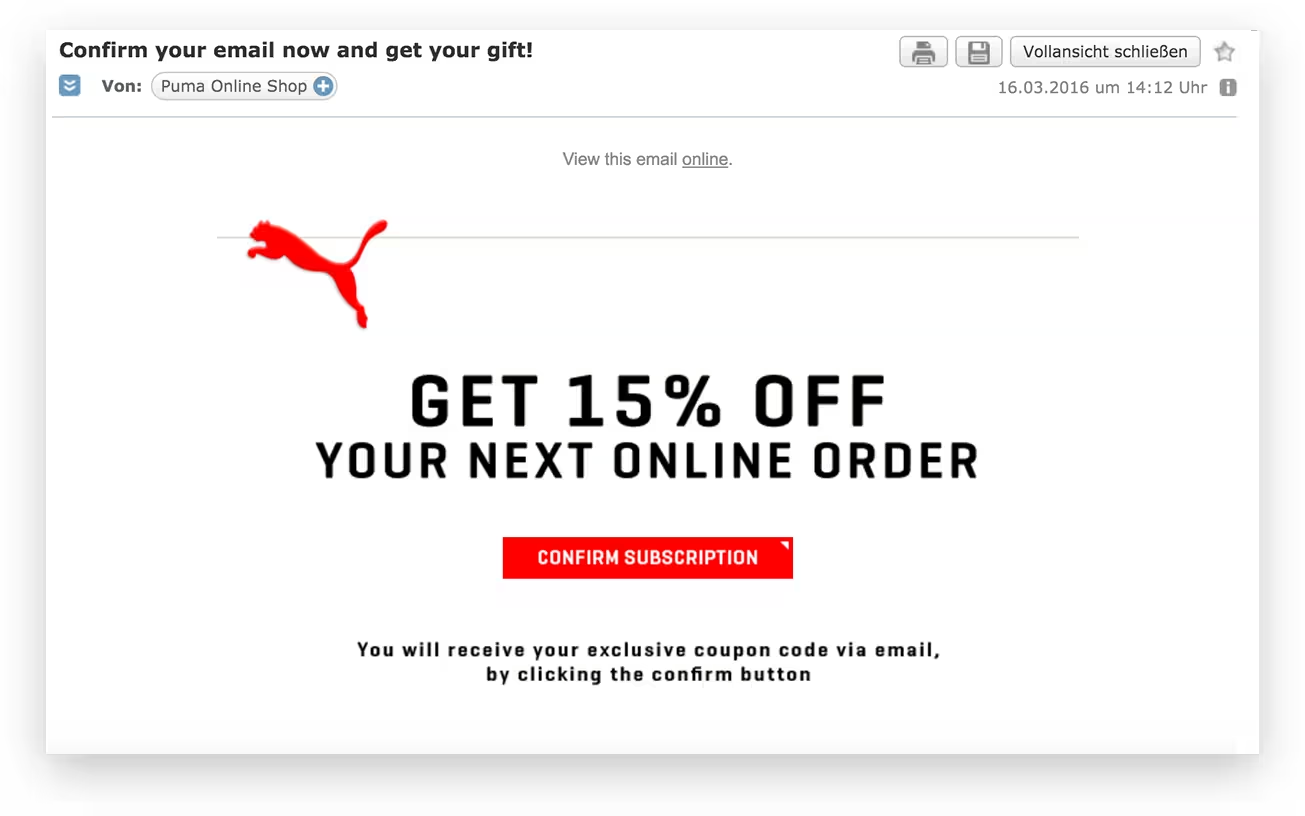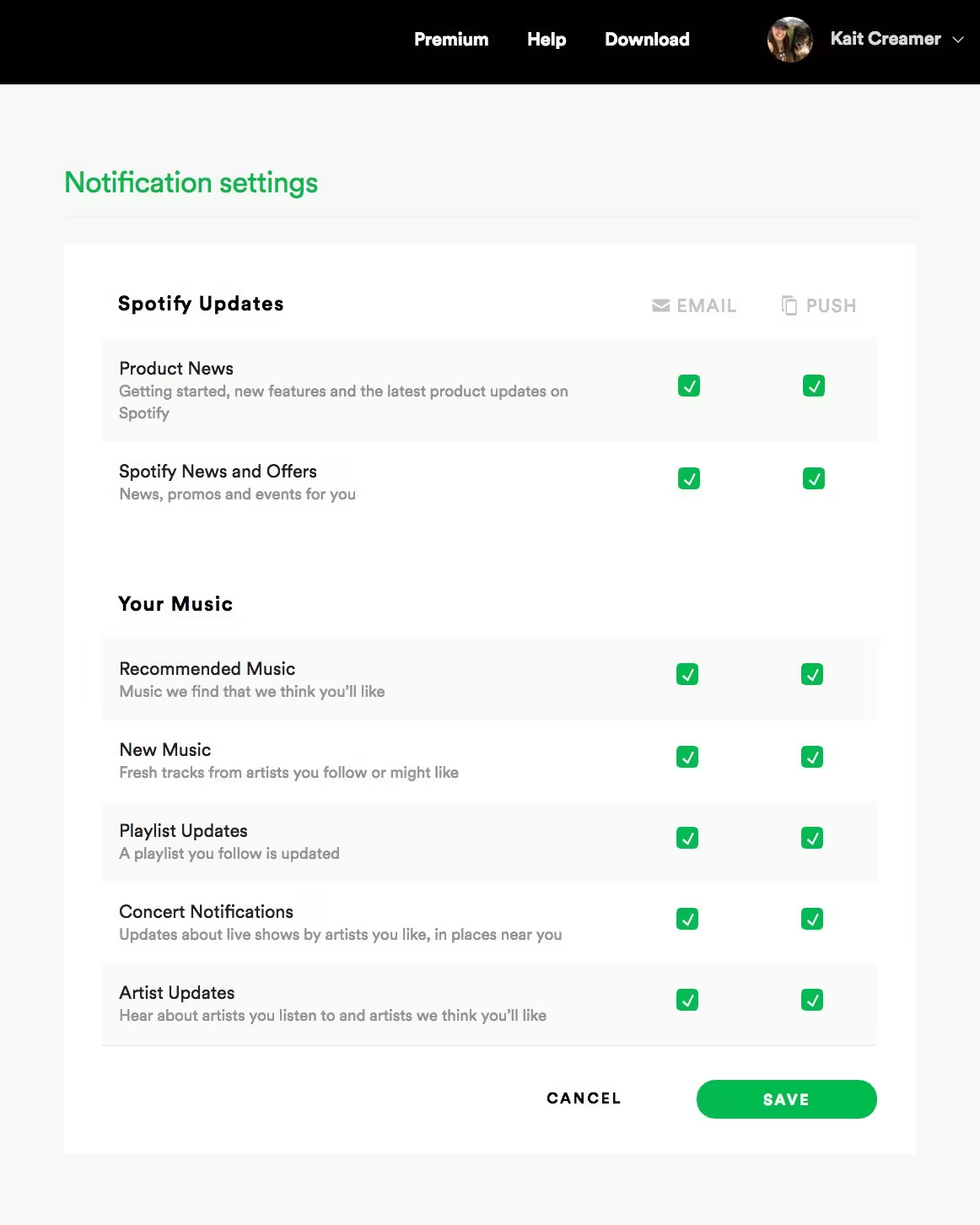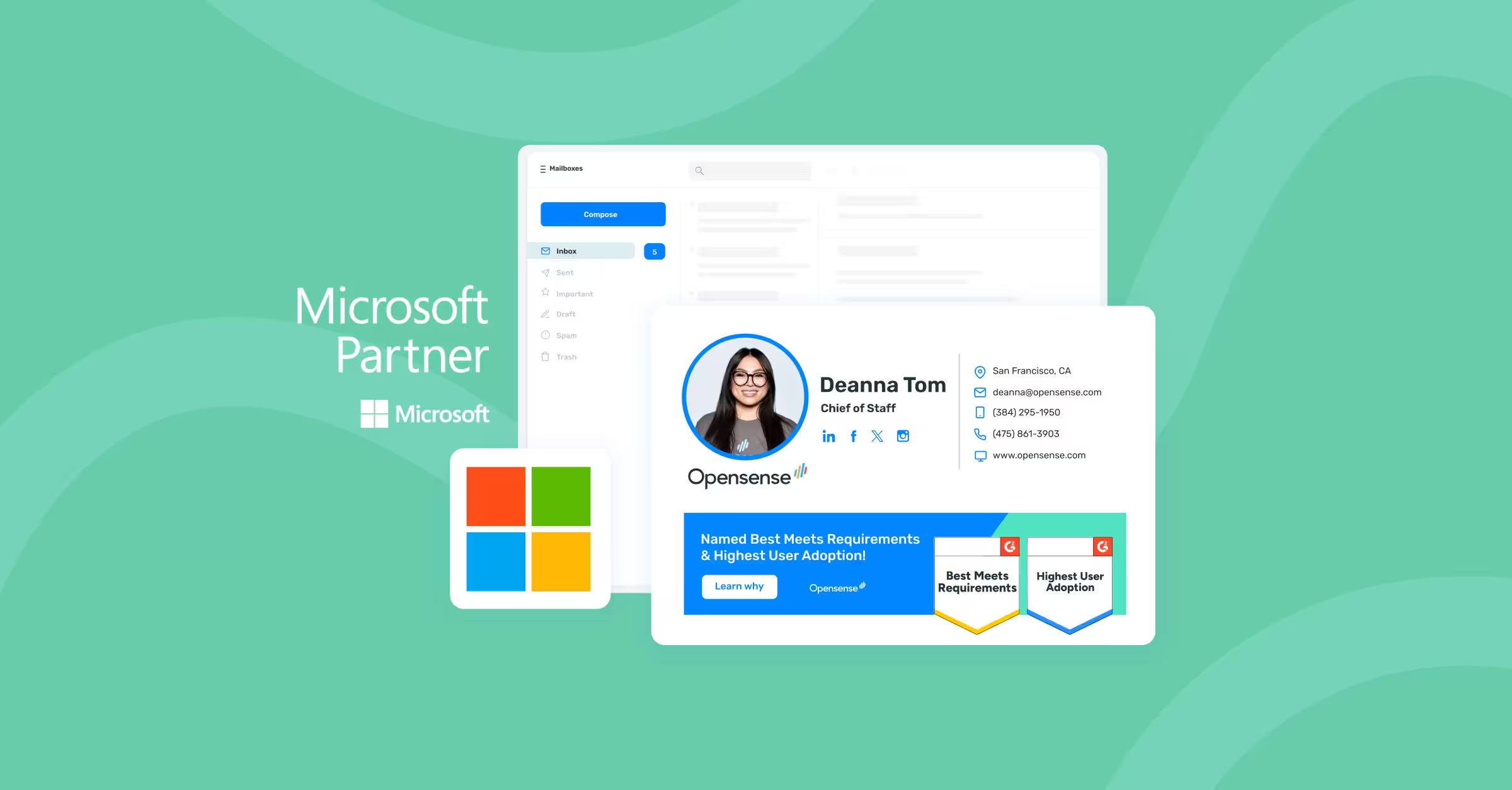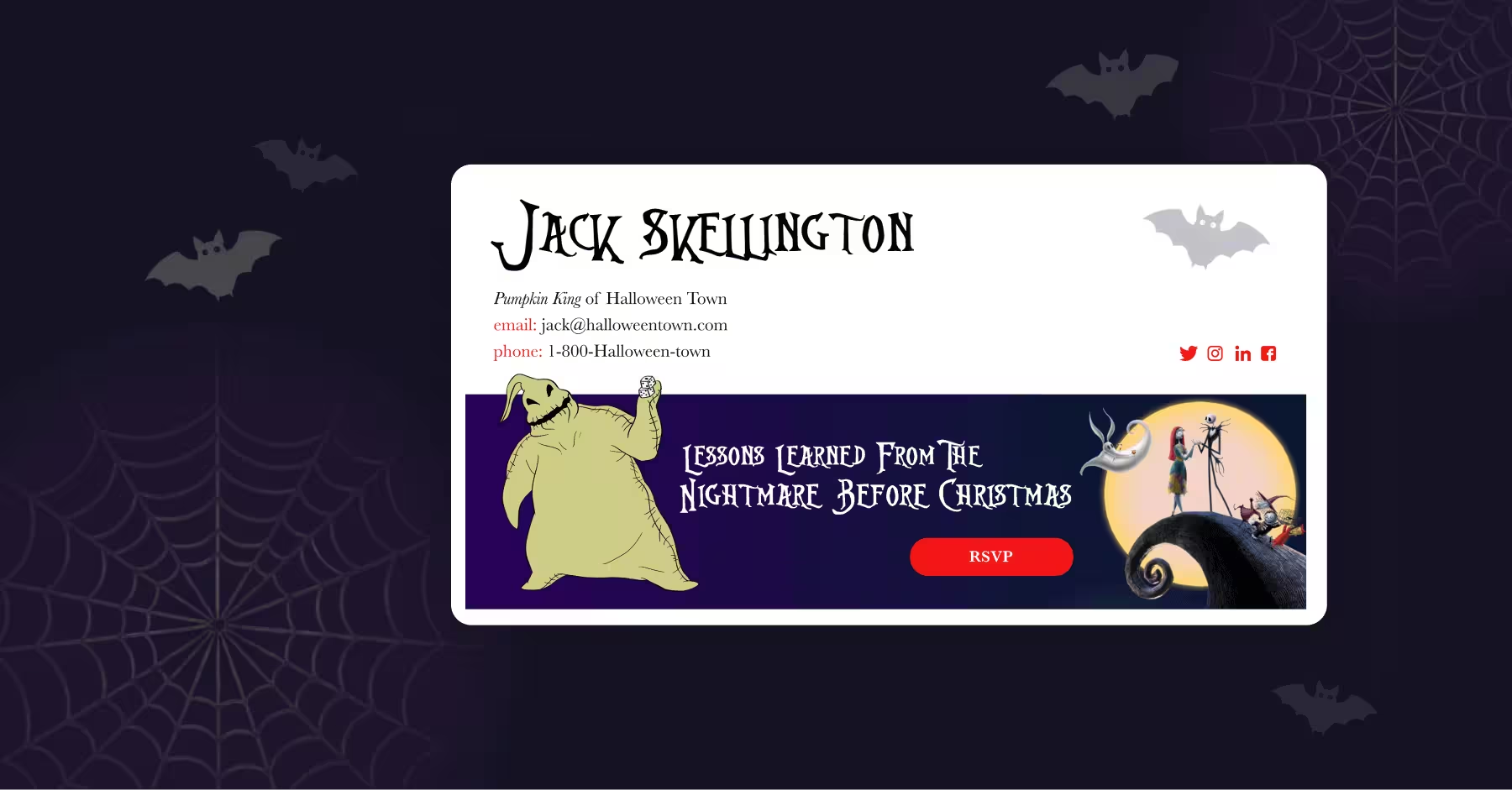
It's Not You, it's Your Email Reputation
A handcrafted email plays a huge role in business communication today.
Think about it: Every single day, you and your team invest their time crafting messages to customers, prospects, and partners to make a positive first impression, highlight your business value, schedule a meeting, provide customer support, build partnerships, and ultimately - influence decision-makers to buy from you.
With email, the possibilities are endless, and opportunities are rich.
But what happens to the very email you spend crafting that never makes it to the inbox? Instead, it gets caught in the spam filter. Or worse yet - your email gets marked as SPAM by someone who’s never even seen it.
😱 😱 😱
According to a study done by Email Tool Tester, 16% of all emails never make it into the inbox. To help you put that percentage into perspective: 306.4 billion emails were sent in 2020.
In either case, you’ve just lost a massive opportunity to build a relationship with your ideal customer.
The good and bad news? It’s not you. It’s your email reputation.
In this article, you’ll learn:
- What an email reputation really is
- The importance of building a solid email reputation
- What can happen when an email gets caught in the spam filter
- Why your reputation is everything and how it affects your business
- How to check your email reputation right now.
Remember, building a solid email reputation doesn’t happen overnight. It takes time. Ready to get started?
What the Heck is an Email Reputation?
You already know that your brand has a reputation. We hope it’s a good one.
But you may or may not know that you, as an email sender, have a reputation to uphold, not with email recipients per se but with ISPs ( Internet Service Providers). Depending on the state of your email, ISPs assign a reputation score to you / your company.
The Technical Foundation of a Solid Email Reputation
Before we break down the less obvious factors that you can control, we’re going to lay out the technical must-haves that may impact your deliverability efforts.
It’s absolutely vital that the following protocols are in place to set you up for success:
- Include an SPF Record (Sending Policy Framework) in your Domains DNS. This will help the receiving mail server ensure that each email has, in fact, come from an IP that has been authorized by you.
- Use a DKIM ( Domain Keys Identified Mail). This helps to show that the content of the email was not altered mid-transit.
- Have a DMARC ( Domain-Based Message Authentication & Conformance) record. This allows you to indicate that your emails are protected by SPF and DKIM and what to do in the case that an email without the above measures comes through.
Think of SPF, DKIM, and DMARC as receipts. It’s a way to authenticate your mail server and prove to the ISPs and receiving mail servers that the email senders are in fact authorized to send email.
Each protocol helps to prove that your emails are legit and not spoofed or spam.
If you don’t have the following protocols in place to prove your legitimacy to ISPs and receiving mail servers, your authentication is naturally going to be weak.
After you’ve dealt with the issues above, you can focus on the issues below.
What Causes a Bad Domain Reputation?
A bad email reputation can be just as damaging if not more than your brand reputation because there are no second chances with an email like there is for your brand- it either gets opened or doesn’t.
Many things can cause a lousy domain reputation and many of which you may have come across in your inbox from time to time. Remember how important you felt when that Nigerian prince reached out to you asking for $5K. How about that time you got an email claiming you won the $50M jackpot. Those are some extreme examples ( that sadly still happen today) but those examples are the kinds of emails that ISPs are looking to protect email recipients from.
While you may not be sending shady emails like those above, there are less obvious email practices that can ding your email reputation. Keep reading to find out.
1. Low Open Rates
Open rates are a standard email marketing metric, and the lower your open rate is, the less likely a prospect or customer can see what you're sending.
Low open rates may be caused by:
- Low-quality content that doesn't present its information in a compelling way - if it's not relevant to them, they won't read it.
- Poor design that makes the email difficult to read.
- Outdated contact information, such as an old address or phone number.
- Lack of personalization - it may seem impersonal and not worth reading.
2. Customers Marking Your Emails as SPAM
If a customer or prospect marks your email as SPAM, it will be pushed to the spam folder for any other recipients who have that address on their contact list. Check your spam folder to see the variety of emails stuck in there.
You’ll be surprised to see some legit companies that never made it to your inbox.
This is an issue because:
- It's difficult and sometimes impossible to get someone out of the blacklist - not only does this hurt your business, but it could also end up hurting your customers.
- The recipient may mark the email from you as SPAM, and other people on their contact list will also see it that way.
- You will lose any opportunities for business with anyone who receives those emails - if they don't trust you, they won't even open the email.
3. High Bounce Rates
Bounce rates are a metric for how many emails don't reach the inbox because of filtering or incorrect addresses. If your bounce rate is too high, it means that a significant number of emails aren't going to valid email domains - which can damage your email reputation quickly.
How to Keep Your Email Reputation in Check
Not sure where you stand in the email reputation world? There are some easy ways to check the status of your domain right now, and with the right tools and tactics we’ve laid out below, you can watch your email reputation score fly high:
- Microsoft Email Reputation: This service is available for free from Microsoft and will give you a quick overview of your email reputation. You'll get an assessment of how many emails were received, bounced, or marked as spam in the last 30 days.
- SenderScore: This service is also free and gives you a more detailed analysis. You'll get an assessment of your domain's history, the number of emails received in the last 30 days, and whether or not it was marked as spam by any recipients.
- Trusted Source: This service is available for purchase and will provide you with more in-depth information about your email reputation, such as the number of emails delivered to spam or junk mail folders.
- Google Postmaster Tools: This service is also available for free and can be used to track data on large volumes of emails sent and find data about your sending domain. You can view different dashboards to understand details like Gmail delivery errors, spam reports, feedback loop, and more.
How to Repair Your Bad Email Reputation
If you're experiencing a bad email reputation, the best thing to do is start rebuilding it as soon as possible. Here are some tips to get you started:
Send to a Permission-Based Email List:
If you're sending to a list that is not permission-based, the best thing to do is go through your contacts and ask for their email address. Then, they’ll be more likely to open an email from someone they know - which will boost your domain's reputation.
Here’s a fantastic example that should inspire you to use permission-based email marketing.

Did Someone Say Double Opt-In:
You can take your good reputation a step further by putting in place a double opt-in process to make sure they really want to be part of your email list.
Some clever companies like Puma, offer an incentive to really hook you in. Check it out.

Email Body Content Matters:
Your email content determines your reputation score the same way your blog content can determine your Google rank.
Many factors come into play in an email including.
- A relevant subject line
- Balanced body copy
- Images
- Links
- An easy to find unsubscribe link
If you want to stay in your recipient’s inbox, have a compelling reason to email them and when you do, be clear in what you are offering. Customize your emails to sound more like you and less like an ad. Stay away from click-bait-ey headlines that are bound to piss a few people off.
Authenticate Your Emails
Authenticating your emails is another way to keep you safe and increase the likelihood of them being delivered.
Make it Easy to Unsubscribe
It is your duty to include an unsubscribe link on all emails. Whether you like it or not, your recipients should have that option and see it very clearly. Of course, it hurts when it happens, but if you ask me, it’s much better to have someone unsubscribe than mark your email as SPAM.
If you’re a lil’ nervous about having your recipients unsubscribe, build a preference page to prevent them from totally cutting you off. Here’s one from Spotify we love.

Consider, Email Ad Banners:
How many marketing emails are too many? If you asked us during the onset of the lockdown when our inbox was littered with, “we’re in this together,” we’d say very few. What we’re trying to say is marketing email fatigue is real so be mindful of how many promotional emails you send!
At Opensense, we genuinely feel that it’s crucial to test out different channels to keep your customers interested and engaged. Have you considered tapping into the organic conversations that happen every day between your team and their customers?
Check out our piece on the email value pyramid to learn more about everyday email as an owned and zero-competition ad channel.
Here’s how our team uses email ad banners to share value on every outbound email in a targeted, beautiful, and unobtrusive way. The best part? These banners will not trigger your spam filter because they’ve been deployed at the server level.

Email, Responsibly My Friends
Remember, it is more important than ever to maintain an optimal email reputation - one that speaks well for you and your business.
If you haven't been as careful with your emails in the past, it's time to take a good look at your strategy. Be sure to use the above tips to get your score up. If you’re still not sure where to start, consider working with an expert. Sometimes you need a helping hand to step in and make things right.
Whatever you choose, remember that when you email responsibly, no one can stop you. Not even those dreaded ISPs.
Happy Emailing!


.svg)



.svg)



